Stuart Cook knew what he’d found when he first spied bones in the earth outside the ancient caves at East Wemyss.
“Basically, I picked up this bit of skull. I’m looking at a bit of skull and I recognise we’ve got joints between the plates.
“So I knew it was a skull as soon as I picked it up. Then I’m looking at it. This doesn’t look like the animal bones we normally find…”
The Save Wemyss Ancient Caves Society (SWACS) employ Stuart as a site warden. He has a long to do list. It includes everything from tackling anti-social behaviour to cleaning up after storms have battered the Fife coast.
He was on the look out for lost seal pups in December 2023. He had already reunited one that had become separated from its mum during the ferocious Storm Fergus.
The storm surge had washed huge chunks out of the earth along the coast, piling up boulders and scree in other places.
“I thought I better check the coast, just in case. I was also checking the coastal damage done during the storm.
“Then I looked behind myself and there was a bit sticking out. You basically saw the whole top of the cranium, the partial skull.”
Stuart realised the object’s size could only mean one thing.
“I was like: That’s human, 100% that’s human. You could actually start seeing bits of the brow ridge. So straight away, I knew.”
A team of AOC archaeologists quickly moved in. Their work soon revealed the full extent of Stuart’s initial discovery.
They found a burial, a full human skeleton, as well as the skull Stuart first spotted.
“When I found the initial skull, I got a bit of a fright. When you actually saw it coming out of the ground, the face of the skull, I was taken aback.”
The archaeologists had already been working for a few hours when he visited the next day.
“They had just started to uncover the face of the skeleton. I came down and, the first thing I saw at half eight in the morning, and I was like wow.”
What happened at East Weymss Caves in December 2023?
The small, former mining village of East Weymss was buzzing with rumour in the wake of the extraordinary find.
Visitors can find the caves on the north shore of the Firth of Forth. That’s a stone’s throw from the village and the medieval ruins of MacDuff Castle.
The caves are historically precious due to the Pictish Age carvings inscribed on their walls. They show swans, “beasties” and other patterns from that long-vanished culture.
They are widely thought to represent the highest concentration of Pictish cave carvings in Britain, according to the Save Wemyss Ancient Caves Society.
With skeletons previously having been found in the area in 1988 and 1993, it didn’t take local amateur sleuths long to figure out the nature of the find.
Scores of people flocked to the caves. Stuart had nightmares about unruly dogs running away with ancient human thigh bones.
But the warden managed the community’s excitement well, as the archaeology team fully excavated the skeleton and removed it for further study.
And SWACS let the world know about their amazing find.
What do we now know about the East Weymss skeleton?
I interview archaeologist Joanna Hambly remotely while she sits in her office at St Andrews University.
Joanna remembers the excitement of that day clearly. SWACS chairperson Mike Arrowsmith called her while she was in a meeting with Fife Council archaeologist Steve Liscoe.
That chance meeting allowed the team to move very quickly, looping in agency Historic Environment Scotland and officially contract AOC Archaeology to excavate the remains.
Less exciting – and speedy – is the time taken to complete analysing the skeleton. The tests are still incomplete, leaving Joanna – and the members of SWACS – with an intriguing mystery on their hands.
They still don’t know for sure the sex or age of the human remains found.
“These things grind so slowly,” she shrugs. “It’s just the process.”
The leading theory is they have a medieval graveyard on their hands. Coastal erosion has unearthed burials dating from somewhere between 800 to 1200.
That’s a time period spanning the arrival of Vikings in Scotland to the reign of William the Lion, one of the nation’s longest serving monarchs.
“There are a lot of burial grounds on the coast. It adds another layer of significance and interest to the Weymss Caves.
“Not only is it a place where people were doing some sort of probably devotional practice in the caves, but it was used as a place of burial as well.”
One intriguing theory remains…
Joanna says they have now found a total of 12 skeletons in the area, using newspaper cuttings stretching back to 1846 to establish details of the earlier finds.
“Those are only the ones we know about, aren’t they? It very much looks like – although it’s not an official burial ground – it’s a place of burial. It probably is a religious place. I think that’s really interesting.”
And another tantalising theory remains.
The full burial, unlike others that have gone before, was found in a crouched position. That is more often associated with the Bronze Age, making the East Wemyss caves a special place of human burial for the past 4,000 years.
That would be a “massive discovery.”
“We just don’t know,” Joanna says.
“For the mediaeval period, you expect people to be buried laid out flat. That’s the normal burial. So a crouched burial is pretty unusual.”
What has the skeleton find meant for the East Weymss Cave site and the local community?
Local people formed SWACS in 1986 after one particular incident of vandalism.
Someone drove a car into Jonathan’s Cave and torched it, destroying ancient Pictish carvings.
The group has worked to protect the site ever since.
Today, repeated storms and coastal erosion prove another huge threat. Stuart guesses the sea washed out around a metre, to a metre and a half, of coastline during the worst of 2023’s storms.
But while preservation is at the heart of the group, SWACS chairperson Mike remains alive to the opportunity the exciting archaeological finds could present in promoting the area.
The Fife Coastal Path goes directly past the cave mouths, with hundreds of walkers travelling to the Kingdom every year to walk the 117 mile route.
“There are quite a lot of people who know about the caves and they’ll come down to look at them.
“But there is a much larger number of people who are walking the coastal path and they don’t know what’s there till they get there.
“How do we best relate to those people?
“So one of the things that we’re looking at for the future is to actually have a visitor centre on site.”
How could East Wemyss skeleton help local tourism?
He says they currently have a museum in the village, away from the coastal path.
“Our aim is to actually have a small unit on the site where we can offer tours and sell guide books. We want to improve the interpretation for people.”
Mike is very aware he and the group are dealing with human remains and the sensitivities surrounding that. SWACS have not published the most detailed images of the excavation, out of respect.
But one day, if funding becomes available, they would like to commission a facial reconstruction, so they can come face-to-face with their East Weymss ancestors.
“Then you could actually show people, show the kids. You know, this is who you may be related to. This person might have lived here 1,500 years, or whatever, before you.”
One year after that remarkable day in December, Stuart also believes reinforcing East Weymss Caves place on Scotland’s historical map would be the most fitting, and exciting legacy, of the unearthed burials.
“I want to let people understand how important the site really is and maybe make a change to the behaviour that happens here at times.
“We’re so lucky we’ve got this on our doorstep. Hopefully we can protect it for future generations, get more investment, and make so much more of it.”






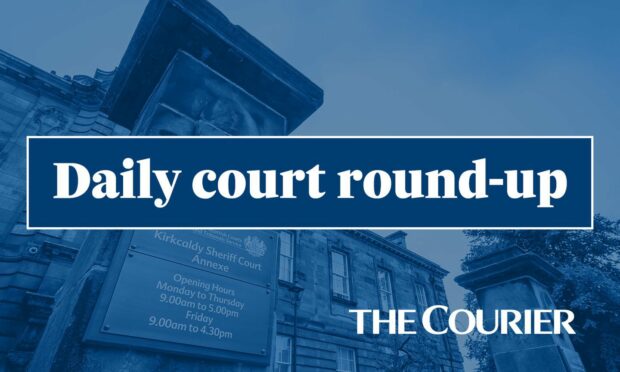
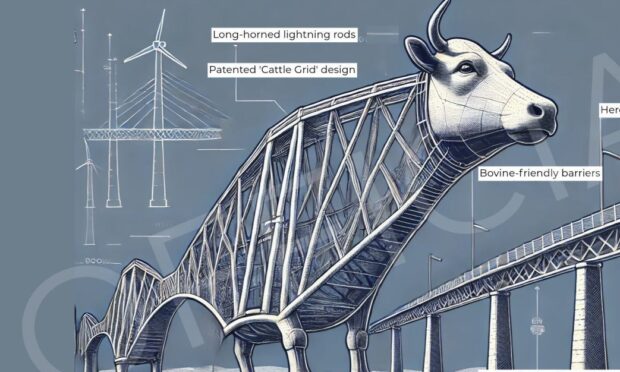
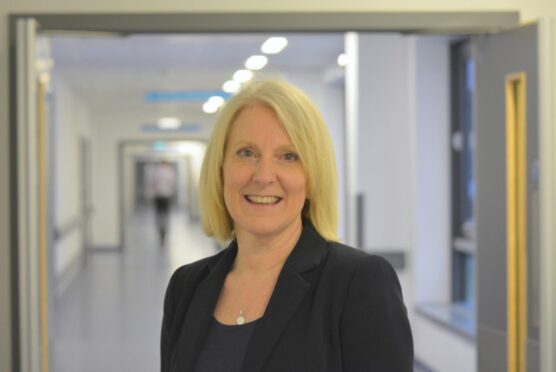
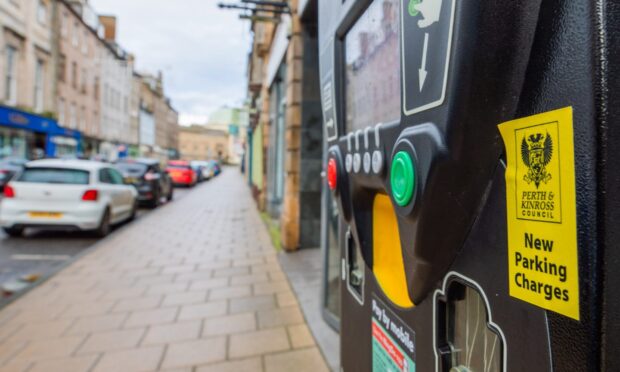
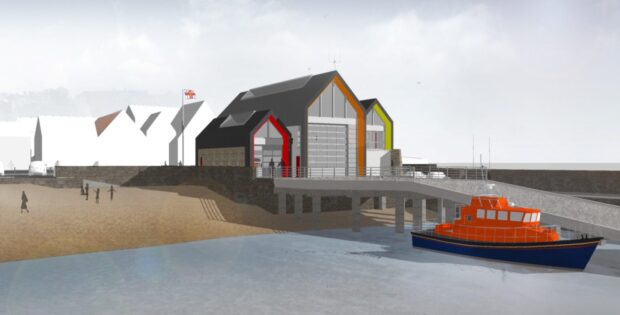
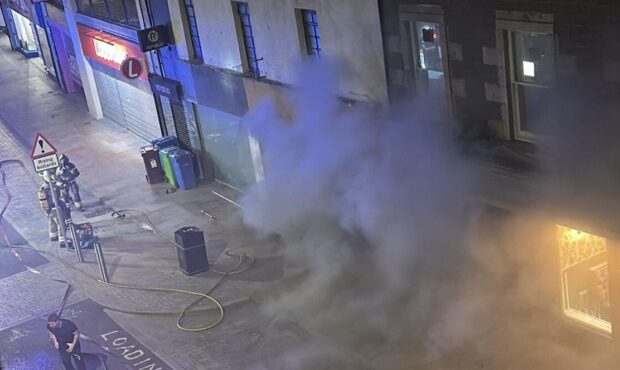
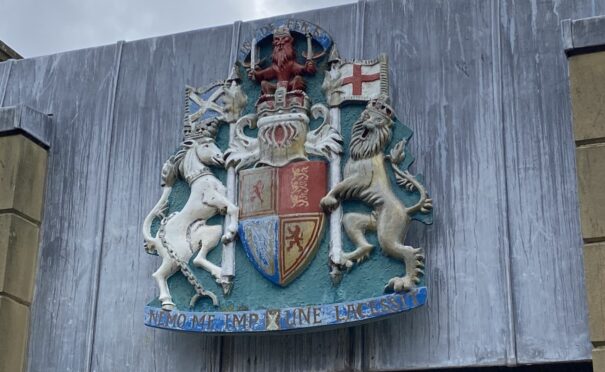
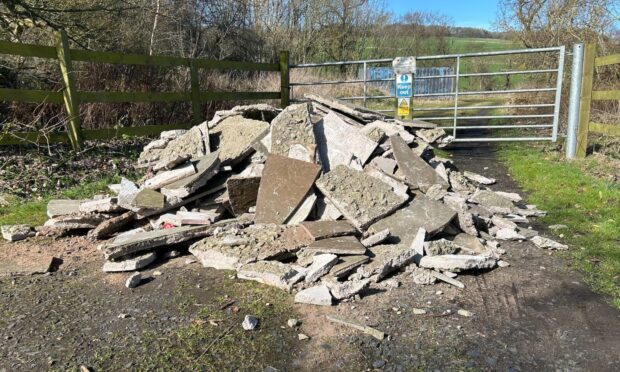

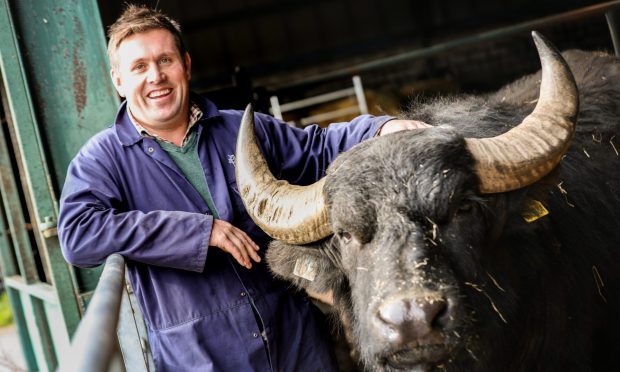
Conversation